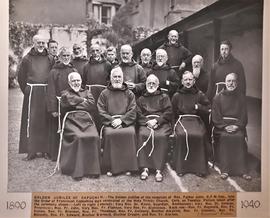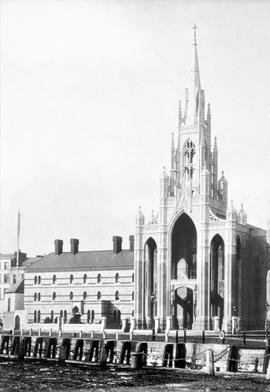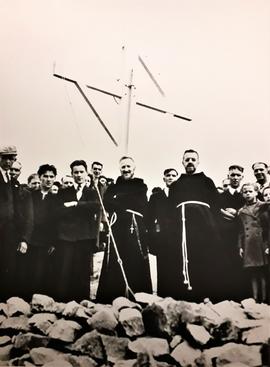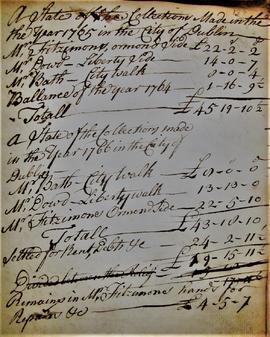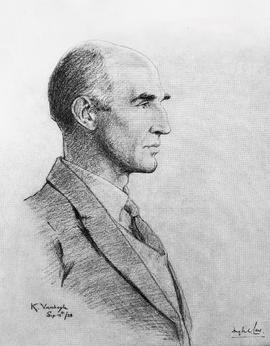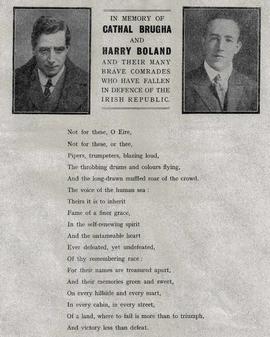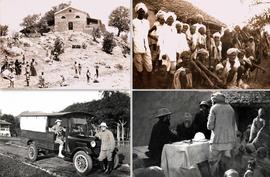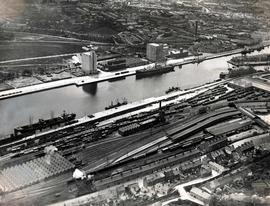Photographic prints submitted for publication in 'The Capuchin Annual'. The file includes prints of Irish cities and towns. Many of the prints are annotated on the reverse. The file includes the following images:
• Port of Cork.
• St. Patrick’s Street, Cork.
• Grand Parade, Cork.
• South Mall, Cork.
• O’Connell Street, Dublin.
• Father Mathew Bridge, Dublin.
• River Barrow, Crom-a-Boo Bridge and White’s Castle, Athy, County Kildare.
• Cromwell’s Arch, Youghal, County Cork.
• Galway City Docks.
• Cork City docks.
• The Lord Mayor of Cork ‘throwing the dart’ to define the boundaries and jurisdiction of Cork Harbour.
• Royal Dublin Society, Ballsbridge, Dublin.
• St. Patrick’s Cathedral, Armagh.
• Penrose Quay, Cork.
• View of Clonmel, County Tipperary, from Convent Bridge with St. Mary’s Church in the foreground.
• Four Courts, Dublin.
• Cavendish Row and Parnell Street, Dublin.
• Leinster Market, Dublin.
• Shandon Tower, Cork City.
• City Hall, Cork.
• St. Patrick’s Hill, Cork.
• Gurranabraher, Cork.
• Entrance to the Ford vehicle plant, Cork.
• The Loopline Bridge, Dublin.
• Main Street, Clifden, County Galway.
• Holycross Cottages, Holycross, County Tipperary.
• Merrion Square East, Dublin.
• The Ha’penny Bridge, Dublin.
• Riverfront, Wexford.
• Boyne Viaduct, Drogheda, County Louth.
• Kilkenny City.
• The ship Innisfallen at Penrose Quay, Cork.
• Falls Road, Belfast.
• Ballina, County Mayo.
• Athlone, County Westmeath.
• Derry City, County Londonderry.
• Sarsfield Bridge over the River Shannon, Limerick City.
• The Band Hollow, Phoenix Park, Dublin.
• Cavendish Row, Dublin.
• Haulbowline, Cork Harbour.
• Shop front, MacCurtain Street, Cork.
• St. Stephen’s Green, Dublin.
• Dalkey Island viewed from Killiney Hill, County Dublin.
• Dun Laoghaire Harbour.
• Two religious sisters in the Phoenix Park, Dublin.
• School on Cove Street, Cork.
• Mill and malting buildings, Prospect Row, Cork.
• Cobh, County Cork.
• Dún Laoghaire harbour, County Dublin.
• The Custom House, Dublin.
• The Mills at Dublin Port.
• Victoria Quay, Dublin.
• Sunday's Well, Cork.
• National Monument, Grand Parade, Cork.
• Cork Marina and the River Lee as seen from Montenotte.
• Fishing on the banks of the River Liffey, near Chapelizod, Dublin.
• The Gresham Hotel, O’Connell Street, Dublin.
• Changing of army guards at Leinster House, Dublin

